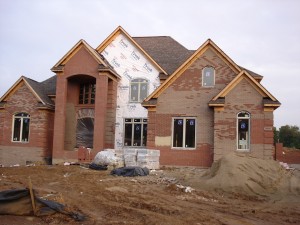New York Times writer Timothy Egan won a richly deserved Pulitzer Prize for his excellent 2005 book about the Great Depression, The Worst Hard Time. He has an interesting post, “Slumburbia,” on the paper’s site about suburban ghost towns that have become commonplace during the Great Recession.
It’s a clear-eyed but not hopeless look at life in Foreclosure Alley, the California area considered the hardest hit American real estate market during this time of the Great Bust. As has so often been the case in our country’s history, it’s our best resource–new immigrants determined to make their way–that will likely save us from ourselves. An excerpt from the piece:
“After several days in foreclosure alley, this broad swath of the Central Valley that has been rated by some economists as the most stressed region during the Great Recession, I can’t see such apocalyptic forecasts coming true.
Yes, huge developments are empty, with rising crime at the edges, and thousands of homes owned by banks that can’t unload them even at fire-sale prices.
But through it all, the country churns and expands, unlike most other Western democracies. That great American natural resourced–tomorrow–will have to save the suburban slums.”
Tags: Timothy Egan

